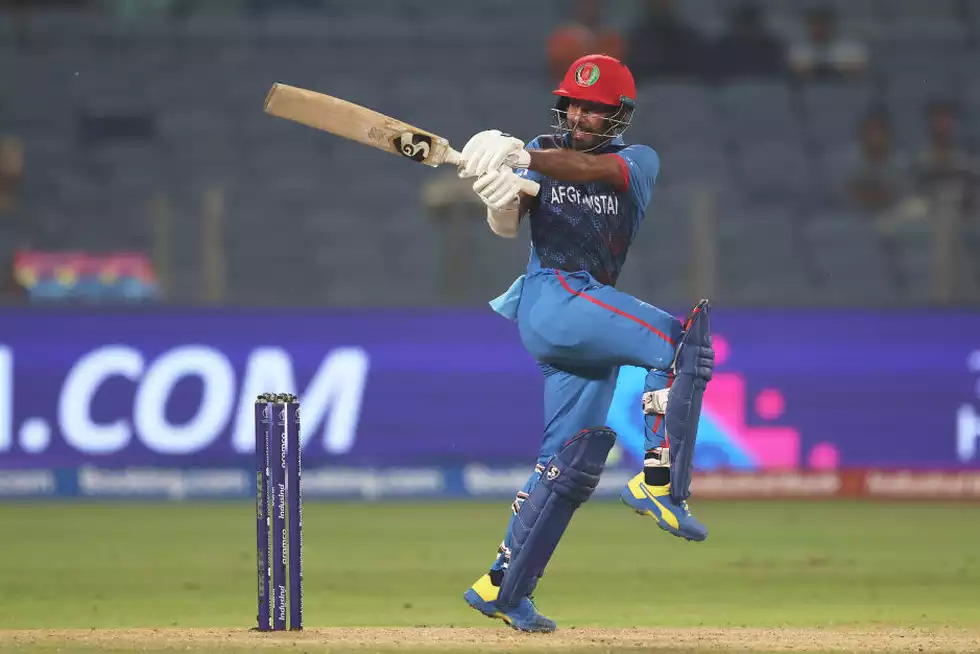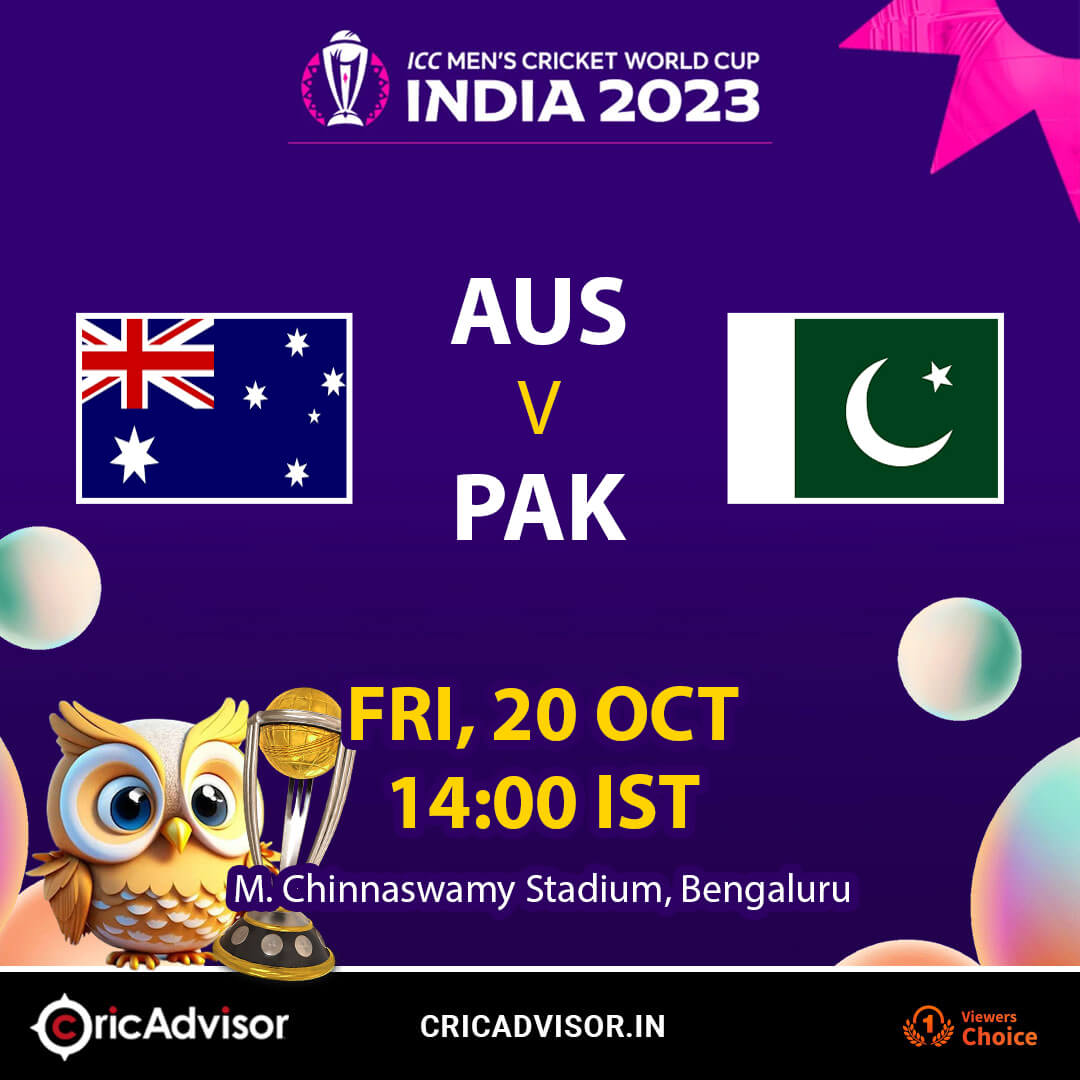
During the 30th game of the 2023 World Cup, the camera occasionally panned to the Afghanistan dugout, and it was impossible to miss the whiteboard in front of head coach Jonathan Trott. The board contained mini-goals for where Afghanistan needed to be by the 10th over, 20th over, 30th over, etc. On the whiteboard, the target of 50 at the 10th over mark was displayed in blue, and next to it, in green, was Afghanistan’s actual score. According to the sub targets they had established, they were required to score 100 in 20 overs, which they failed to do with a score of 89, and they fell short of the allotted 150 by 11 runs in 30 overs. At 201 runs in the 40th over, however, they were well in control of the run pursuit.
This game will be impossible to win in 35 to 40 overs. We will need to bat effectively for 50 overs. And we divided it into 10-over chunks,” Afghanistan’s coach Trott said after the game against Pakistan, referring to the mini-goals that Afghanistan had set. On Monday, during the match against Sri Lanka at the MCA stadium in Pune, the final blue figures on the white polished surface were 48 and 242. Afghanistan didn’t even require that many overs, as their successful run chase in 45.2 overs validated their status as genuine World Cup contenders.
Before the 2023 World Cup, Afghanistan had pursued seven times in ODIs and won only twice when batting second. Despite their inspired performance against England, New Zealand added to their tally of run-chase defeats by bowling them out for 139 runs, resulting in a 149-run defeat. Afghanistan also had a problem with strike rate, with Hashmatullah Shahidi and Rahmat Shah among the list of players with a strike rate below 70 and a minimum of 1800 runs since 2010. A combined batting average of 26.46 for the middle-order batsmen (4-7) since 2022, the lowest average among the 10 nations competing in this World Cup, was also not encouraging.
From the beginning of this year until the commencement of the World Cup, Afghanistan’s top five did not have the greatest statistics. The average of 47.80 for Ibrahim Zadran was the highest, followed by 34.18 for Rahmanullah Gurbaz. Prior to this World Cup, they had only nine half-century partnerships and three century stands, the fewest of all 2023 World Cup teams. In addition, they had only 14 scores of fifty or higher in 2023 prior to this competition, the fewest among the ten teams.
Afghanistan, however, have been an entirely different beast in their third World Cup appearance. They now have nine fifty-plus scores, six of which have been recorded in the last two games, three 50-plus partnerships in consecutive games, two of which are over 100, robust batting averages for the top five, and clinical pursuit in the last two games. How did this transition take place?
“I know it’s very cliched, but the way that we train, the way we think about our cricket, certainly with batting, the way that we accept responsibility at times as well, I think you’re starting to see hopefully not the penny drop, but we’re starting to see also the confidence in the players, in their own ability,” said Trott. “And so, when it comes to match day, it’s not just sort of rock up and it’s left to luck. It’s sort of, ‘No, I’m here and I’m in good form and I’m ready to play and I deserve to score runs’.










